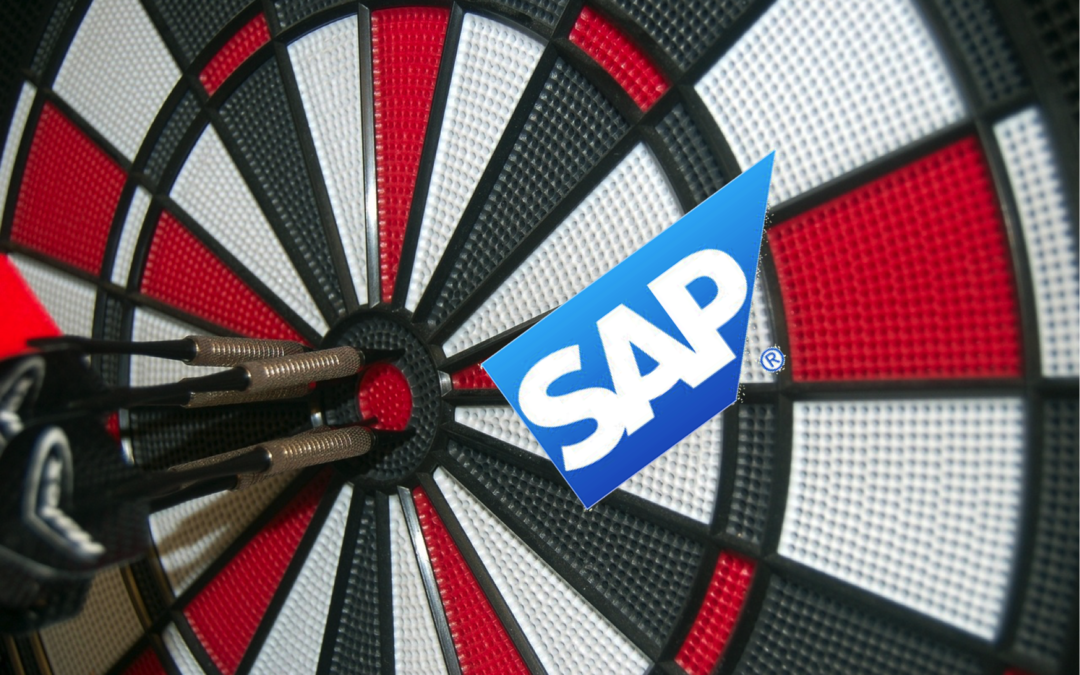
by twieberneit | Mar 14, 2018 | Blog |
Businesses are in a difficult situation. Today’s customers demand more experiences and contextually relevant engagements than they are equipped to deliver. The secret behind the abbreviation CEM is more important than ever. This places the businesses on a difficult and challenging trail that they need to carefully navigate in order to be and stay successful. The business challenge is that technology helps everyone, especially customers. This is because to the increasing proliferation of consumer technology, it is far easier and cheaper for customers to implement and use technology to their advantage as it is for businesses. A director of merchandising of a 1 Bn+ retailer put like this: “By the time we catch up to technology it will have moved past us again.” Examples for the truth of this statement in the past decade include the meteoric rise of messaging services and, before that, social media, powered by smartphones that made the Internet ubiquitous. As a consequence of this today’s customer is less depending on company marketing- or sales organizations and has a far higher reach when it comes to satisfying an information need. Consequently, Google finds that a whopping 99.8 per cent of all online ads are simply … ignored. Sales representatives are on the verge of becoming irrelevant. An increasing number of studies find that customers contact a sales representative only after a product decision has been made. Other studies determine that customers are abandoning shopping carts already following a single poor service experience. While these studies often are commissioned by vendors there still are too many of them to not indicate that there is a problem....

by twieberneit | Feb 7, 2018 | Blog |
The most important tool that enterprise software vendors have in their respective arsenals is their platform. While Vinnie Mirchandani rightfully states that Enterprise Software Platforms have so far underwhelmed, Denis Pombriant proclaims them the new battleground. In my opinion it is not that new a battleground but as part of the Clash of Titans it is becoming more evident as a battleground. An enterprise software platform was always part of the battle for dominance in the customer engagement – or putting it into (marketing) industry lingo – customer experience market. It is actually an integral part of it. This is largely because of the ongoing commoditization of transactional business applications. But it was sexier to talk about shiny topics like engagement and experience than to talk about the grease and the machinery behind that drives and enables the technical delivery of engagements – note, that there are systems of engagement, but there is nothing like a system of experience. And now topics like chatbots, machine learning, AI, ambient computing, IoT, to name a few, made the machinery – the platform – the new black. A – perhaps not so – brief history When looking at the broad topic of CRM, customer engagement or customer experience, we have seen a lot of change happening since the early days of Sales Force Automation, SFA. Back in the early 90s one of the first topics has been SFA, with a focus on making a distributed sales force more effective and efficient. Contact management came even earlier, call center software and field service quickly followed. The emerging industry was dominated by little players...

by twieberneit | Oct 10, 2017 | Analysis, Blog |
The News Well, it is already more than two weeks ago that this news hit the wires, but SAP announced the acquisition of Gigya, a leading Customer Identity and Access Management (CIAM) platform vendor. Gigya got placed in the top position of Forrester’s Wave for Customer Identity and Access Management Platforms Q2 2017, a position that is owned by SAP, if the company manages to address customer (and hence analyst) concerns that arise from the merger. SAP, in turn, with its SAP Hybris branded software, provides a suite of commerce and engagement solutions that allow organizations to build and leverage in real time a 360 degree view on the customer, across channels and devices. Gigya is an SAP (Hybris) partner since 2013 or so, and has integrations with SAP Hybris Ecommerce, SAP Hybris Marketing and SAP CRM. SAP intends to make the Gigya platform part of its Hybris portfolio. The transaction is expected to be closed by end of 2017. The Bigger Picture The CIAM market is evolving fast, coming out of the area of providing social logins with the purpose of simplifying web site logins only a decade ago. This purpose remains but along with solving registration problems there are now a lot regulation challenges that are to be addressed. Just think, management of consent and preferences across sites, or GDPR, which imposes data residence requirements on top. With the additional data collection capabilities of CIAM solutions there is quite an upside for CRM vendors – especially for ones with strong marketing automation and profiling capabilities, like SAP. There is an increased ability to accurately address individual customers...

by twieberneit | Aug 24, 2017 | Blog |
A short while ago Craig Rentzke from Helpshift pointed me to a particular episode of CXOTalk, featuring Kevin Henrikson of Microsoft and professor Anindya Ghose from NYU. Henrikson is responsible for Microsoft’s Outlook for Mobile, a personal information manager (PIM) app, whereas prof. Ghose comes more from a B2C angle, with B2C being more concerned with convenience. This interesting episode deals with the future of mobile computing and given that, apparently about how mobile apps will (have to) look like and what it is that vendors should do and what they should not do with the apps. The Now Naturally, the discussion immediately zeroed in on two topics the purpose of the app and data The purpose of the app mainly determines two things, which are first the way that users are presented with information and are engaging with the app and second the data that gets collected and used in order to (positively) influence the user experience while considering their privacy. The data that gets collected needs to be used to provide the users with timely and relevant information, which does not only benefit the vendor but also, and chiefly, the user. That the data collection ‘behaviors’ of especially B2C apps are not hitting that objective is probably the industry’s worst kept secret. The apps collect more than necessary and use it for a very wide range of purposes, mostly wider than the users are aware of. They basically strip the user of their personal data. This realization was also what led a friend of mine and me found Epikonic, with the clear intention of giving users a...

by twieberneit | Jul 28, 2017 | Blog |
For a while now I am contemplating about why companies choose one custserv solution over another. After all the market is pretty crowded. Vendors have a hard time to differentiate themselves. Just looking at G2Crowd one finds 88 Help Desk Solutions. Larger organizations are likely to be influenced by Gartner’s Magic Quadrant on Customer Engagement Centers or the Forrester Wave on Customer Service Solutions. Smaller organizations are probably looking more at the new breed of peer-to-peer review sites, like the aforementioned G2Crowd or GetApp, TrustRadius, Capterra and others. Many companies conduct research and establish an RFP process to determine the best fit; some see a bottom-up approach from team level to corporation. A kind of ‘shadow IT’ emerges to solve a team’s particular problem. This solution over time could get corporate blessing and may even become the main solution. A clear and reliable roadmap is mandatory for all vendors, so no difference here. Same for share of mind – this has become table stakes. But what is it that makes one vendor win over another? Are there patterns? To get more insight I asked some smart people who stay unnamed here – but you know who you are! So What Are Contributing Factors? The good news is that there seem to be only a few factors. Based on the discussions I can roughly group them into six categories. Here they are, in no particular order: A particular feature is needed or desired Suite- vs. Best-of-Breed thinking Size of the customer organization Relationship building Referrals Departmental adoption Of course they are not mutually exclusive. Let me briefly dive into each...






